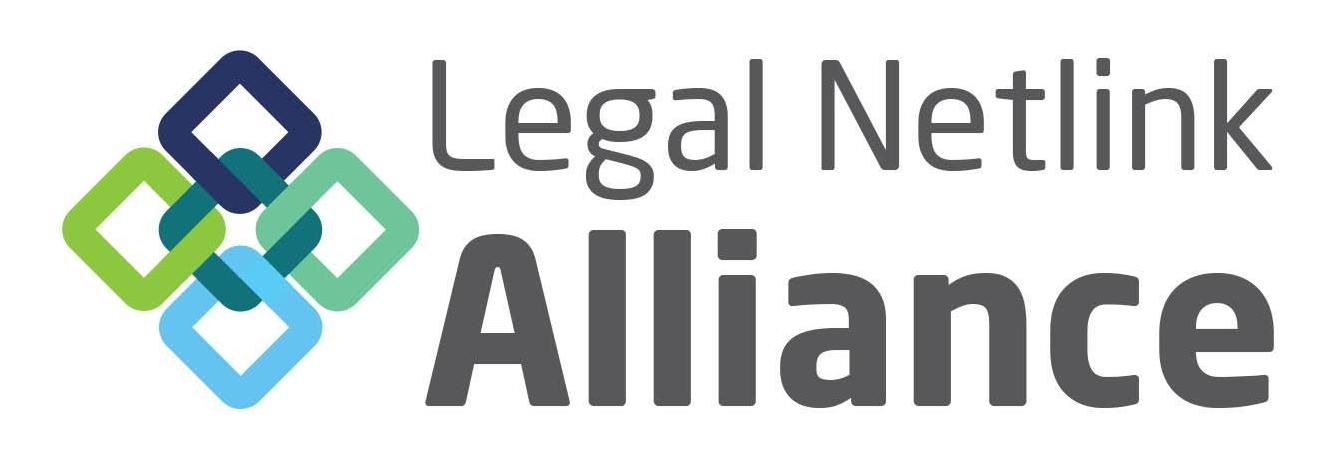In May, the U.S. House of Representatives passed the “Setting Every Community Up for Retirement Enhancement Act” (known as the SECURE Act) by a 417-3 vote. The bill is headed to the United States Senate. What are the highlights of the SECURE Act (the “Act”) and will it have an impact on you and your retirement plan? Let’s look at some of its broader changes.
Access to Retirement Planning:
One of the goals of the Act is to expand access to retirement planning to a broader base of Americans. Through an increase in a credit for startup costs, more small businesses should be able to afford to set up plans for their employees. Since many small businesses do not currently offer retirement plans, the expectation is the lower cost will encourage them to do so, and expand saving for retirement to those employees currently having to rely of their own Individual Retirement Account (“IRA”) to plan for the future.
The Act expands eligibility to participate in an employer’s 401(k) plan to part-time employees. Part-time employees are those who work less than 1,000 hours per year. One of the goals of this aspect of the Act is to make retirement planning accessible to more women, who, according to the House Ways and Means Committee, are more likely than men to be part-time employees.
Contributions to an IRA:
The Act reclassifies some forms of compensation as taxable income so as to make the individual eligible to make IRA contributions. Many students receive stipends which are not currently considered taxable income. With the reclassification, individuals may be able to contribute to an IRA earlier in life, allowing for a longer time for the IRA to grow.
In addition to making individuals eligible to participate in an IRA earlier, the Act would extend the maximum age for an individual to contribute to an IRA from the current 70½ years of age to 72.
Withdrawals:
Since many today just starting families have not been able to build up a base of savings, the Act would permit an individual to make withdrawals, penalty-free, for “qualified birth or adoption distributions.” Additionally, the age at which minimum distributions are required to begin would be extended form its current 70½ years of age to 72.
It should be noted that the Act does reduce the time frame over which a beneficiary of an IRA can make withdrawals from the lifetime of the beneficiary (known as a stretch” IRA). Under the Act, those withdrawals would be limited to 10 years.
Expanded Use of Annuities.
The Act also makes it possible to use annuities in a retirement plan. While annuities are often a part of a well-developed retirement plan, part of the allure is that they are tax deferred. Putting a tax-deferred annuity in a tax-deferred 401(k), some would argue, is an unnecessary step. Additionally, annuities can be complex, carry higher costs, and are not readily understood by the plan participant. As with any investment, however, individuals should be sure to understand the costs and relative advantages of all the aspects of their retirement plan.
As with most legislation, there may be changes to the Act before it reaches its final version. When the House and Senate look to resolve the differences in their respective plans, there may be many additions and deletions from the current version of the SECURE Act.
Our attorneys are always ready, willing and able to meet and discuss any questions you may have. Learn more about Mansour Gavin’s Estate Planning & Probate group.



